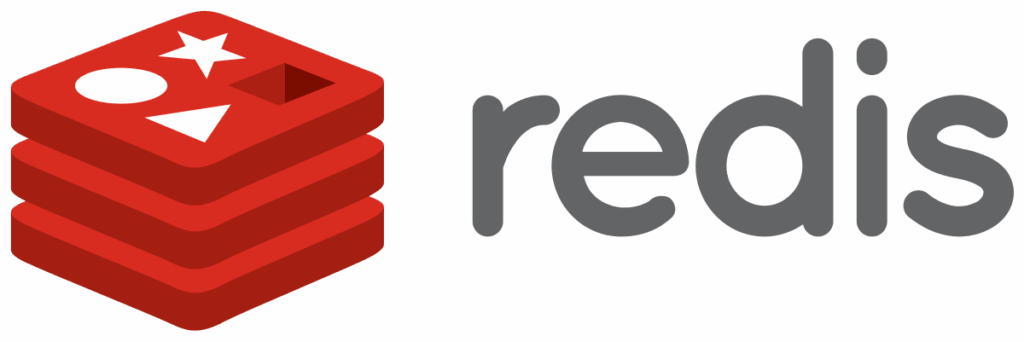What is Redis? Fast and Reliable Data Storage Solution
Redis is the technology of choice for those looking for fast and reliable data storage solutions in the modern software development world. As an open-source in-memory database, Redis stands out with its high performance, flexibility and ease of use. Unlike traditional databases, it offers incredible speed by storing data in RAM instead of hard disk. If you want to speed up your data processing and make your applications more efficient, here’s everything you need to know about Redis.

What is Redis and how does it work?
This NoSQL database ensures fast access by storing data in main memory. It relies on a key-value model, which allows easy data access without complex queries. Storing data in RAM makes it ideal for applications needing low latency. The system also offers an option to save data on disk, though its primary strength comes from memory-based operation.
The working principle is straightforward: The database stores data as key-value pairs. For example, you can assign “user:123” as the key and store user information as the value. It accesses data in milliseconds, providing a significant advantage for real-time applications.
Key Features
The database’s popularity stems from its rich features. Here are some highlights:
-
Speed: Storing data in RAM enables much faster access than disk-based systems. The system can execute millions of operations per second.
-
Flexible Data Structures: Beyond simple key-value pairs, it supports lists, sets, ordered sets, hashes, bit arrays, and geographic data types.
-
Persistence: You can save data from RAM to disk using snapshotting (RDB) or log-based (AOF) methods.
-
Pub/Sub Model: This model supports real-time messaging and notification systems.
-
Scalability: The Cluster feature allows management of large data sets and ensures high availability.
These capabilities make the database a versatile solution for both small and large-scale projects.
What are the Advantages?
The system offers numerous benefits for developers and businesses. Here are the main advantages:
-
High Performance: Its memory-based structure ensures low latency in data access, making it ideal for cache systems.
-
Simplicity: The API remains simple and easy to learn. Developers can perform complex operations with minimal commands.
-
Versatility: It serves multiple purposes, including caching, session management, queuing systems, and real-time analytics.
-
Open Source Support: As an open-source project, a large community supports and continuously enhances the system.
-
Flexible Configuration: The database operates in various setups, from single-server to distributed environments.
Usage Areas
Its flexibility enables use across diverse sectors and scenarios. Here are common applications:
-
Caching: The system caches frequently accessed data in web applications to reduce page load times. For example, it can store product details on an e-commerce site.
-
Session Management: It quickly stores and retrieves user session data.
-
Real-Time Analytics: The database excels in real-time data analysis for social media or advertising platforms.
-
Queuing Systems: Its list data structure supports task queue creation, ideal for managing background tasks.
-
Leaderboards and Ranking: Ordered sets enable leaderboards or ranking systems in games.
-
Geographic Data Processing: The system supports geographic data types for fast queries in location-based applications.
Setup and Use
Starting with the database is straightforward. You can install it from the official website or via package managers. Here are the basic steps:
-
Installation: On Linux, install the system with sudo apt-get install redis or sudo yum install redis. For Windows, use WSL for installation.
-
Initialization: Launch the server with the redis-server command.
-
Connecting: Access the CLI with the redis-cli command. Add data using SET key value and retrieve it with GET key.
-
Use with Programming Languages: Libraries are available for languages like Python (redis-py), Node.js (node-redis), and Java (Jedis).
An example Python code:
import redis
# Redis connection
r = redis.Redis(host=’localhost’, port=6379, db=0)
# Adding data
r.set(‘user:123’, ‘Chris’)
# Data retrieval
print(r.get(‘user:123’).decode(‘utf-8’)) # Output: Chris
This code showcases the database’s speed and ease of use.
Common Questions
How does it differ from traditional databases?
Unlike relational databases, this NoSQL-based system uses a key-value model, delivering faster performance than disk-based systems. However, it does not support complex relational queries. Developers often employ it as a complementary tool.
Is it secure?
The system offers basic security settings by default. You can strengthen its security with password protection and network access controls.
Which projects should avoid using it?
For projects handling large volumes of complex relational data, such as financial reporting, this database alone may not be sufficient. In such cases, you can use it alongside other tools.
Overall, the system delivers an effective solution for applications needing rapid data storage and processing. Its memory-based structure, diverse data types, and versatile use cases attract developers and enterprises. The database enhances performance in areas like caching, session management, and real-time analytics. To boost your application’s speed and efficiency, consider exploring this tool.


